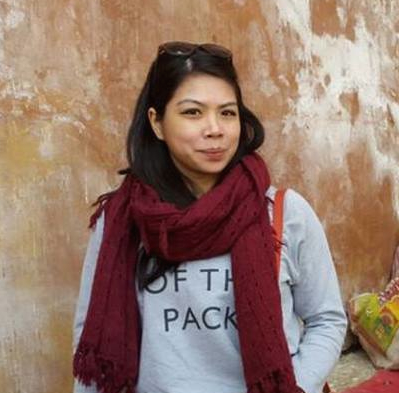Transparent data needed to reach global goals on climate
With no shortage of interested stakeholders when it comes to climate change, there is a need for transparent land-use monitoring approaches that a wide range of actors can easily use for their goals.
This is easier said than done. Measuring the success of global goals set out under the Paris Agreement, and the Nationally Determined Contributions (NDCs) from individual countries, for the land-use sector requires Monitoring, Reporting and Verification (MRV) of greenhouse gas emissions from land conversion, degradation and deforestation.
Besides this, the required data aren’t only of interest to government actors in the field of climate change. Increasingly, users from civil society, the private sector, or the interested public need, and want, access to this kind of information in reliable, accessible and understandable ways.
Possibilities for connecting and mobilizing a diverse range of actors toward common standards of transparency for land-use data became the subject of discussion at a session titled ‘Transparent monitoring for climate and development goals’ at the recent Global Landscapes Forum (GLF) in Bonn, Germany.
Panelists from a range of backgrounds discussed the issues plaguing independent monitoring and, more importantly, why data transparency is important in the first place.
Christopher Martius, team leader for climate change, energy and low-carbon development studies at the Center for International Forestry Research (CIFOR), introduced the session at GLF, which was the only one to cover monitoring during the Forum.
“When we did this project I found it interesting that we had many colleagues coming from the biophysical side and the monitoring side, because for them it was important to look at accuracy, complete coverage, complete data sets and so on, but we also had colleagues from the social side, as it is important to them to have transparency, equity and participation, and access to rights,” Martius said. “So I think it is interesting to put these two topics together in this session.”





















